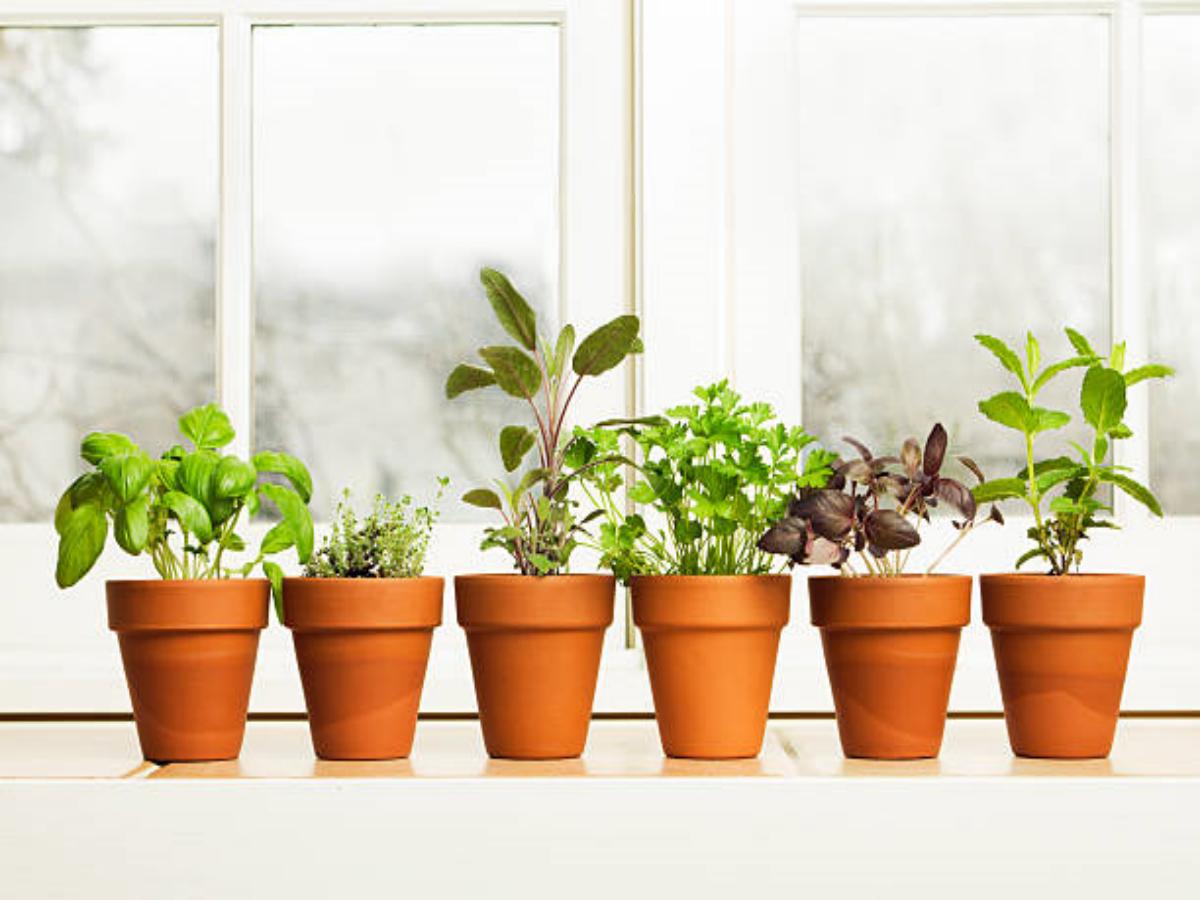Choosing the Perfect small plant pots for Your Indoor Garden
Small plant pots are an essential element for any indoor garden enthusiast. Whether you are a seasoned plant parent or just starting your green journey, finding the right small plant pot can make all the difference in the health and growth of your beloved plants. In this comprehensive guide, we will explore the various aspects of small plant pots, including their materials, sizes, drainage options, and more.
The Importance of Material: Plastic, Ceramic, or Terracotta
When it comes to small plant pots, choosing the right material is crucial. Plastic pots are lightweight, affordable, and easy to clean. They also tend to retain moisture better than other materials, making them ideal for plants that require more frequent watering. Ceramic pots, on the other hand, offer a more elegant and decorative look. They are heavier, which provides stability for top-heavy plants, and they also tend to retain moisture well. Terracotta pots are a popular choice among gardeners due to their natural and rustic appearance. They are porous, allowing for better airflow and drainage. However, they can be prone to drying out quickly, so it's important to monitor the moisture levels of your plants.
Finding the Right Size: Consider Your Plant's Growth Potential
Choosing the appropriate size for your small plant pots is crucial for the healthy growth of your plants. When selecting a pot, consider the growth potential of your plant. If you have a small plant that will stay compact, a pot with a diameter of 4-6 inches should be sufficient. However, if you have a plant that will grow larger or has a spreading habit, opt for a larger pot that will allow the roots to spread and provide stability. Remember, it's always better to choose a slightly larger pot than a smaller one, as cramped roots can hinder growth.
The Importance of Drainage: Ensuring Healthy Roots
Proper drainage is one of the most critical factors for the health of your plants. Without adequate drainage, excess water can accumulate in the pot, leading to root rot and other plant diseases. When selecting small plant pots, look for those with drainage holes at the bottom. These holes allow excess water to escape, preventing waterlogging. If you fall in love with a pot that doesn't have drainage holes, you can create them yourself using a drill or add a layer of rocks at the bottom to facilitate drainage.
Choosing the Right Shape: Round, Square, or Unique Designs
Small plant pots come in various shapes, from classic round pots to square or even uniquely designed ones. The shape of the pot can impact the aesthetic appeal and functionality of your indoor garden. Round pots are versatile and can accommodate a wide range of plants. Square pots, on the other hand, provide a more modern and sleek look, making them ideal for contemporary interiors. If you want to add a touch of creativity to your space, there are plenty of small plant pots available in unique designs, such as animal-shaped pots or pots with intricate patterns.
The Art of Repotting: When and How to Repot Your Plants
Repotting is an essential aspect of plant care, as it allows your plants to have enough space to grow and develop a healthy root system. Small plant pots may require repotting more frequently than larger ones, as the limited space can restrict root growth. If you notice that your plant's roots are circling around the bottom or coming out of the drainage holes, it's time to repot. When repotting, choose a pot that is one size larger and ensure it has proper drainage. Gently remove the plant from its current pot, loosen the roots, and place it in the new pot, adding fresh potting soil as needed.
Choosing the Right Potting Mix: Ensuring Optimal Nutrient Availability
The right potting mix is essential for the overall health and growth of your plants. Small plant pots require a well-draining mix that retains moisture without becoming waterlogged. You can purchase pre-mixed potting soil specifically designed for indoor plants or create your own by combining equal parts of peat moss, perlite, and compost. Avoid using garden soil, as it can become compacted and hinder root growth. Additionally, consider adding slow-release fertilizers or organic matter to provide the necessary nutrients for your plants.
Decorating with Small Plant Pots: Enhancing Your Indoor Space
Small plant pots not only serve as functional containers for your plants but also as decorative elements that can enhance the aesthetics of your indoor space. Consider the overall style and theme of your interior when selecting small plant pots. If you have a minimalist or Scandinavian-inspired space, opt for simple and neutral-colored pots. For a bohemian or eclectic interior, embrace colorful and patterned pots. Don't be afraid to mix and match different sizes and shapes to create a visually appealing display.
Alternative Uses of Small Plant Pots: Unleashing Your Creativity
Small plant pots are versatile and can be used for more than just housing plants. Unleash your creativity and explore alternative uses for these pots. They can be repurposed as organizers for pens, makeup brushes, or kitchen utensils. Group several small plant pots together to create a unique centerpiece or use them as candle holders for a cozy atmosphere. The possibilities are endless when it comes to repurposing small plant pots.
Taking Care of Your Small Plant Pots: Cleaning and Maintenance
Regular cleaning and maintenance of your small plant pots are essential for the overall health of your plants. Over time, pots can accumulate mineral deposits, algae, and dirt, which can affect the growth of your plants. To clean your pots, remove the plant and gently scrub the pot with warm water and mild soap. Rinse thoroughly and allow the pot to dry before repotting. Additionally, inspect your pots for any signs of cracks or damage and replace them if necessary to ensure optimal plant growth.

